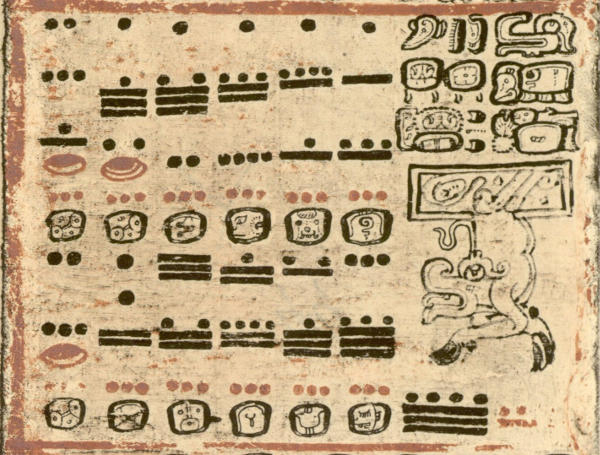Maya Mathematics Was Far Ahead Of Europe For Many Centuries
The Maya were the first civilisation to understand and employ the idea of zero, along with the Hindus of India, allowing them to create a proper place value system to represent big numbers and do computations efficiently. By the 4th century AD, the Maya had created the idea of zero. The Europeans were still battling with the Roman numeral system at the time, which had severe flaws such as the lack of a zero and a place value system. It resulted in a time-consuming method for calculating and expressing huge numbers. The Hindu decimal system and zero were not transmitted to Europe until the 13th century AD through the Arabs, and it took another three centuries for the Hindu Arabic numeric system to be completely understood and widely utilized by Europeans. The Maya intellectuals and engineers, on the other hand, were not constrained by a flawed number system, resulting in significant advances in a variety of domains.
Maya art, such as wall murals, depict mathematic scribes or mathematicians with number scrolls trailing from under their arms, indicating that mathematics was a significant discipline among the Maya. Surprisingly, the first mathematician to be depicted on a symbol was a woman.











